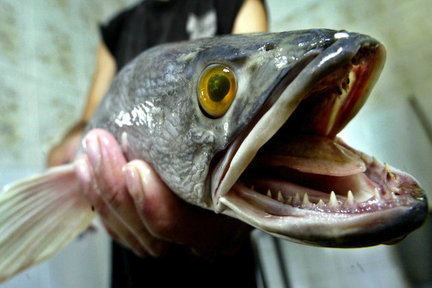
According to NBCNewYork.com, New York's Dept. of Environmental Conservation is asking that anglers fishing the man-made Harlem Meer secure the razor-toothed fish in a container and alert park staffers, or call 311.
The snakehead species, native to Asia and Russia, has no natural predators and is illegal in most U.S. states. But federal agents have uncovered illegal snakehead selling operations in several states, including New York, Texas, Florida and Missouri. And the so-called "Frankenfish" was recently spotted in the Central Park lake, leading environmental officials to order the survey.
New York, though, is not the first state to report a potential snakehead invasion.
Last spring, the Maryland Department of Natural Resources Inland Fisheries (DNR) offered a $200 reward for the successful capture and kill of a snakehead.
"We do not want snakeheads in our waters," DNR director Don Cosden told Fox News at the time.
Last month, a record 14-pound, 3-ounce snakehead fish was caught in Margate, Fla., by a Florida Fish and Wildlife Conservation Commission official.
“It was definitely the largest one we have ever collected," Kelly Gestring, a biological administrator at FWC's nonnative fish research lab in Boca Raton, Fla., told the Miami Herald.
(taken from a Yahoo News source)
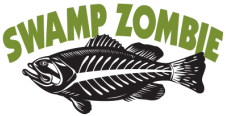
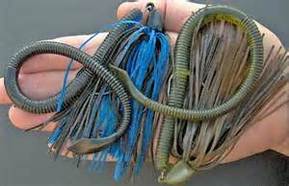
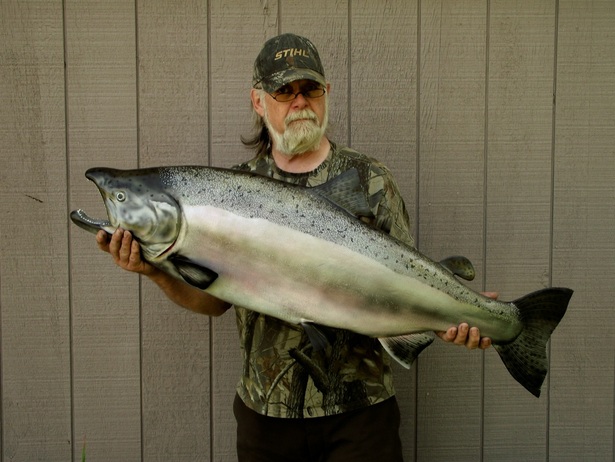
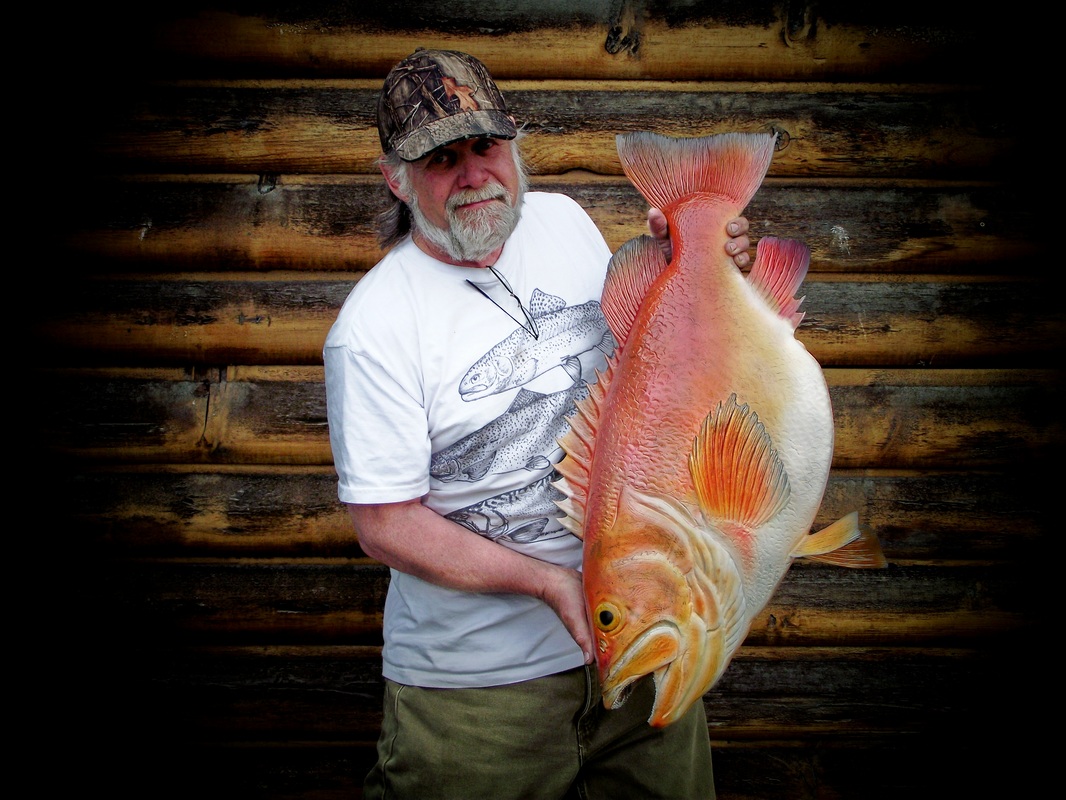
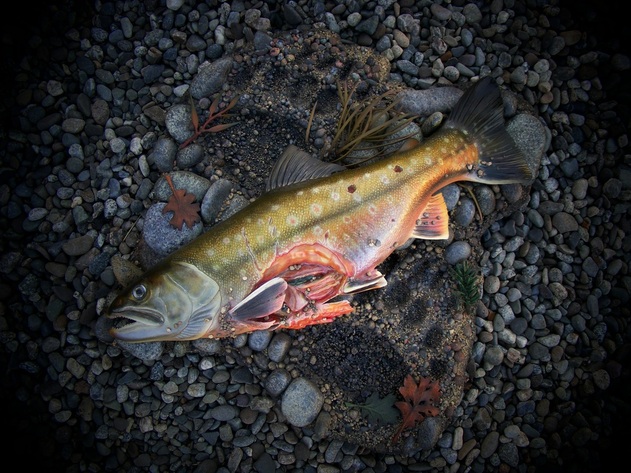
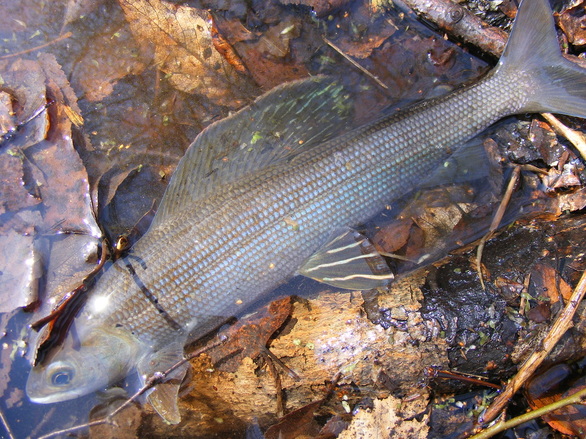
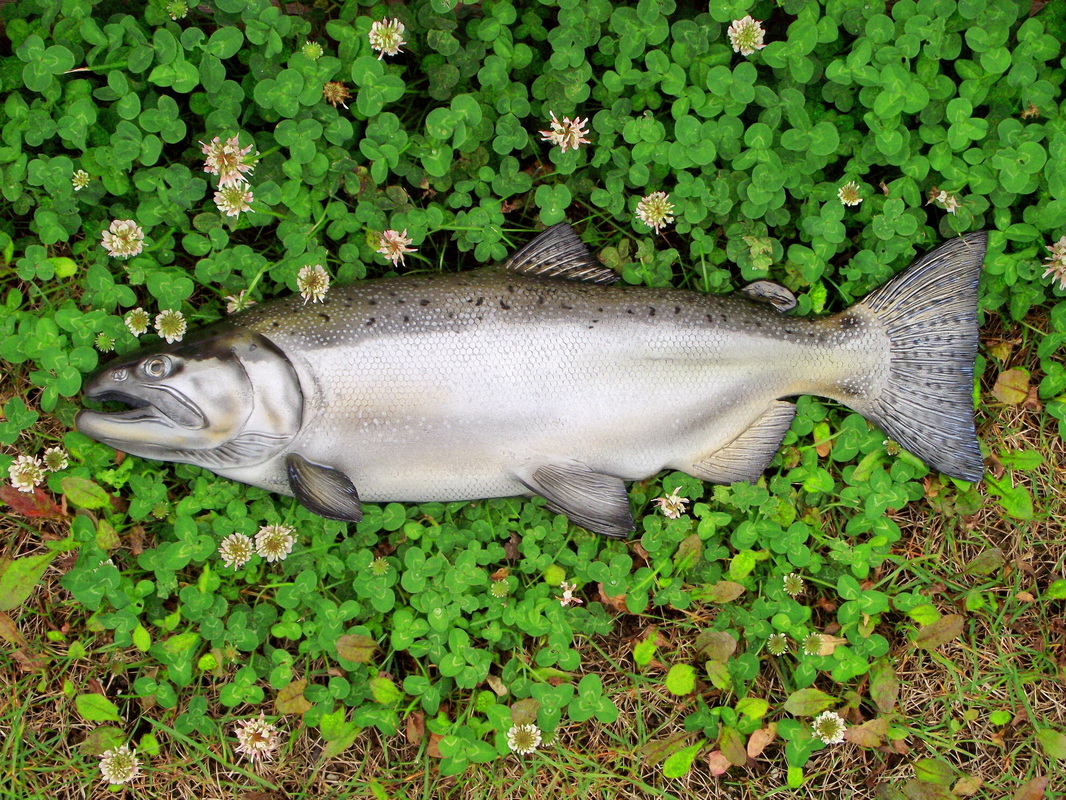
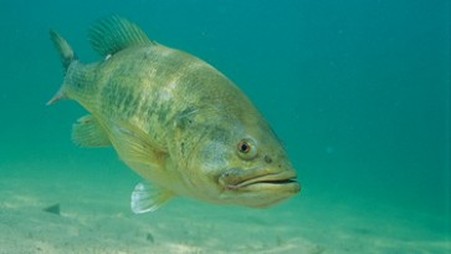
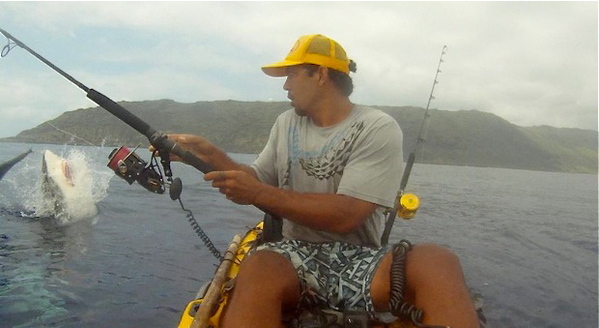
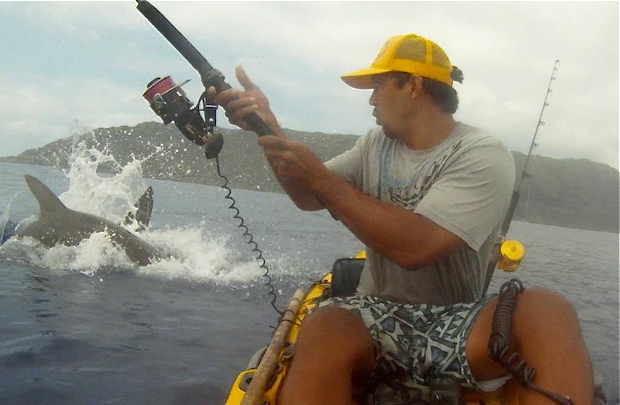
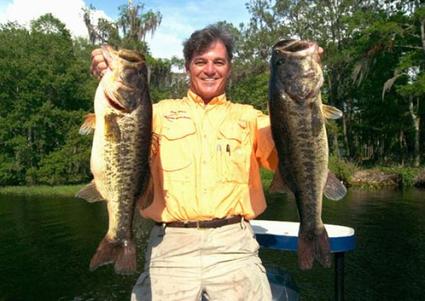

 RSS Feed
RSS Feed